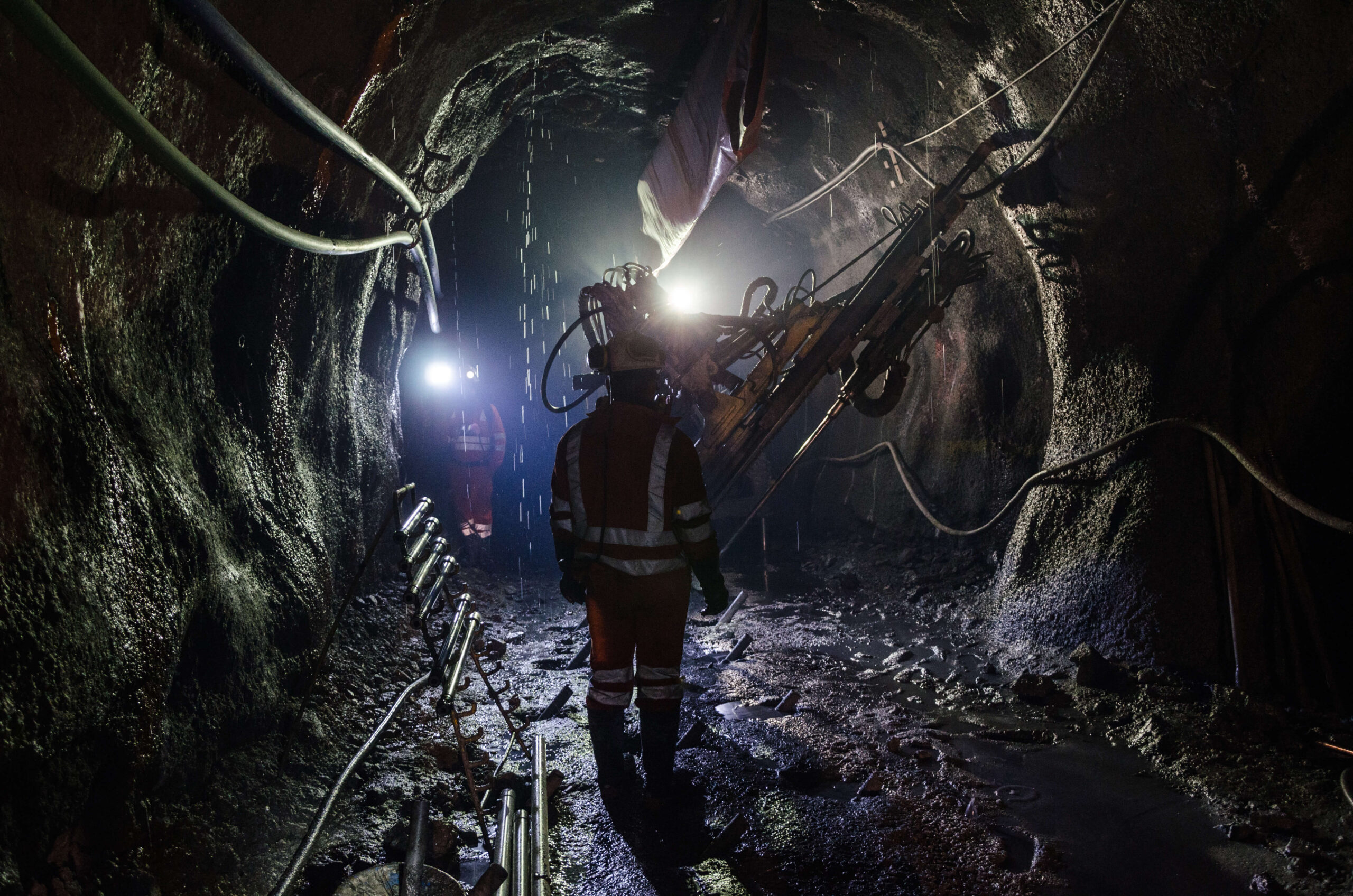Every January, Mine Safety and Health Administration (MSHA) civil penalties typically increase in accordance with the Federal Civil Penalties Inflation Adjustment Act of 1990.
This year has been no exception.
The maximum penalty for most types of citations issued in 2023 was raised from $79,428 to $85,580, and the maximum for a flagrant violation went from $291,234 to $313,790.
Many mine operators are accustomed to receiving MSHA civil penalty assessment forms, but MSHA’s method for assessing penalties is not always understood. While the assessment process is somewhat complex, this article will focus on the key points operators may want to keep in mind in evaluating a penalty assessment.
Six Criteria in the Mine Act
MSHA’s authority to propose civil penalties is found in the Federal Mine Safety and Health Act (also known as the Mine Act).
Under the Mine Act, citations are to be assessed penalties based on six criteria:
- the operator’s violation history;
- the size of the operator’s business;
- whether the operator was negligent with regard to the violation;
- the gravity of the violation;
- the effect of the penalty on the operator’s ability to continue in business; and
- the demonstrated good faith of the operator in rapidly abating the violation.
While the Mine Act authorizes MSHA to propose penalties, the power to make final determinations rests with the Federal Mine Safety and Health Review Commission. Therefore, when MSHA issues penalty assessments to mine operators, the assessments contain proposed penalties. It is then up to operators to decide whether to accept or contest the penalties. If an operator accepts a penalty by paying it, the penalty and the associated citation then become final, without the Commission’s involvement.
If an operator decides not to accept a penalty as proposed by MSHA, the operator can contest the penalty within thirty days of receiving the proposed assessment. It will then be up to the Commission to decide what the penalty will be.
Of course, contesting a penalty can bring about changes to the citation. This could lower the penalty. The citation might also be vacated, in which case the penalty would be eliminated.
Penalty Assessment Process
When MSHA calculates a proposed penalty, the agency relies on one of two separate methods.
Regular Assessment Method
The majority of citations are assessed penalties using the “regular” assessment method. A regular penalty assessment is calculated based on a total number of points accumulated under a set of criteria. The criteria include things such as the size of the controlling operator and the size of the mine. The total number of points equates to a dollar amount. A timely abatement will reduce the penalty by 10 percent.
A key factor in the penalty amount is the mine’s violation history. Violation history can add points to the calculation total. The violation history factor is based on the number of citations that became final and unappealable citations in the fifteen months immediately preceding the issuance date of the citation, as well as the number of days that MSHA was inspecting the mine during that same period.
Additional points may be added if the citation being assessed concerns an MSHA standard that was cited six or more times in the last fifteen months. Every citation counts the same toward the violation history criterion, regardless of the severity of the citation.
Given all of these factors in the regular assessment process, penalty points can add up rapidly when MSHA issues citations with heightened findings. Conversely, a modification that reduces the gravity level or negligence finding of a citation can significantly reduce the final penalty amount.
Special Assessment Method
The other type of MSHA penalty assessment is called a “special assessment.” MSHA reserves special assessments for the most serious types of citations, such as those alleging “unwarrantable failure” or “reckless disregard.” Not every heightened citation receives a special assessment. MSHA reviews these internally, and, if the agency decides to propose a special assessment based on the facts alleged, that determination will be noted on the assessment form sent to mine operators.
In promulgating a special assessment, MSHA is supposed to consider the same criteria that are considered in a regular assessment. However, the basis for the much-higher special assessment is often more difficult to identify.
A version of this article was previously published in Pit & Quarry magazine.





